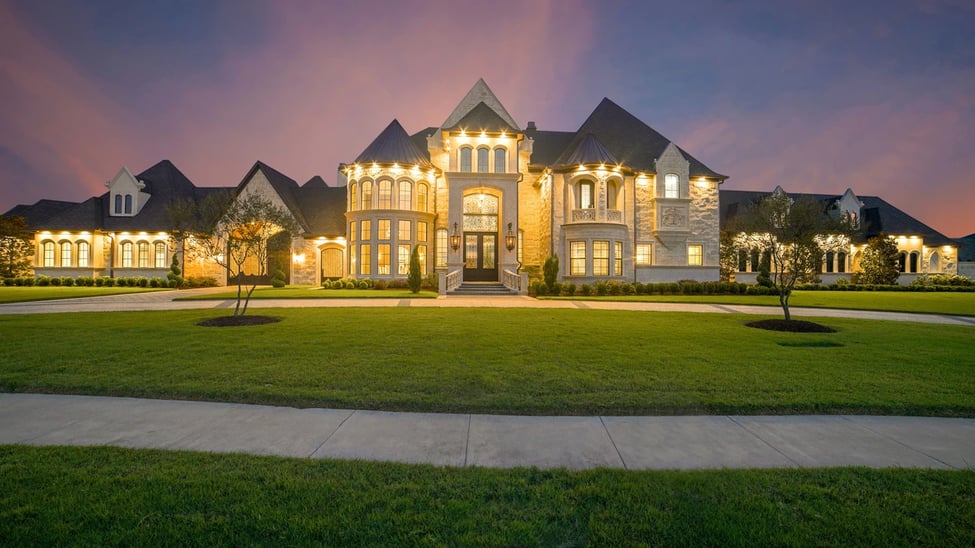In a time when economic uncertainty and rising interest rates are causing many to rethink their investments, one segment of the Canadian real estate market is not only surviving—it’s thriving. The ultra-luxury housing market, typically defined by properties priced above $10 million, is seeing surprising momentum in major urban centers like Toronto, Vancouver, and Montreal.
While average buyers may pause in the face of inflation or market volatility, Canada’s most affluent continue to make bold moves. These buyers—often operating behind the scenes and outside of traditional mortgage systems—view high-end real estate not just as a lifestyle choice but as a strategic financial tool.
Real Estate: A Safe Harbour for Wealth
For the ultra-wealthy, luxury homes are more than beautiful spaces—they’re a form of wealth preservation. As financial markets fluctuate and geopolitical tensions rise, physical assets like real estate provide a level of stability and long-term value that stocks or cryptocurrencies simply can't guarantee.
Many affluent buyers are reallocating capital from traditional investments into real estate. Luxury properties offer the advantage of being tangible, appreciating assets that can be passed down through generations, all while remaining relatively insulated from economic shocks.
The Power of Tangibility in Uncertain Times
In Toronto’s elite neighborhoods like Forest Hill, Rosedale, and The Bridle Path, demand for bespoke, ultra-high-end homes remains strong—even as other market segments cool. With limited inventory and an increasing appetite for unique, architecturally significant residences, these properties are being snapped up faster than expected.
Well-capitalized buyers aren’t just looking to live—they’re looking to diversify. A luxury estate in Canada might sit alongside a lakeside villa in Europe or a beachfront home in the Caribbean. These individuals tend to own multiple residences globally and have the financial flexibility to act quickly—often purchasing in cash or leveraging assets without reliance on traditional lending institutions.
Different Motivations, Different Decisions
Unlike the average homebuyer, the ultra-rich are not swayed by interest rates or month-to-month market performance. Their decisions are guided by long-term vision and a calculated understanding of asset classes. For them, real estate is part of a bigger picture—one that includes legacy planning, tax optimization, and portfolio diversification.
It's not uncommon for multimillion-dollar transactions to involve teams of financial advisors, estate planners, and legal experts. Each acquisition is vetted not just for beauty or location, but for its strategic role in a larger wealth management plan.
Luxury Condos Enter the Equation
While sprawling mansions still dominate the ultra-luxury space, luxury condominiums are beginning to attract this elite clientele—especially in dense urban cores like Toronto’s Yorkville or Vancouver’s Coal Harbour. With limited land available and exclusive developments being designed with privacy and security in mind, high-end condos are becoming part of the conversation.
These projects offer not just stunning views and top-tier amenities, but something equally critical: scarcity. There are only so many residences that can command eight-figure prices, and the limited availability continues to drive value upward.
From Aspirational to Essential
In the past, luxury real estate was seen as aspirational—a symbol of status and personal taste. Today, it’s evolving into an essential asset class for the ultra-wealthy. Whether it’s for portfolio security, family legacy, or simply the confidence of holding something tangible, Canada’s luxury homes are more than lifestyle statements—they’re strategic acquisitions.
Despite broader market ripples, the appetite among high-net-worth individuals shows no sign of fading. If anything, it's accelerating. The smart money isn't sitting on the sidelines. It's buying, building, and quietly shaping the future of the Canadian real estate landscape—one multimillion-dollar property at a time.

